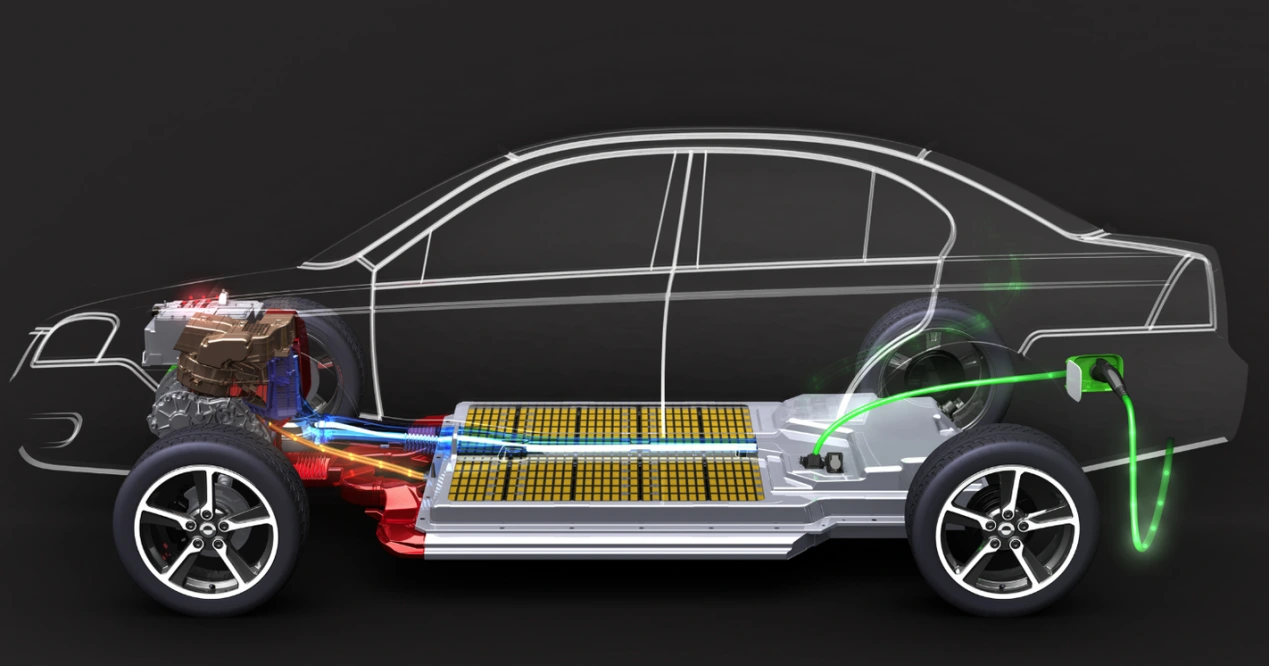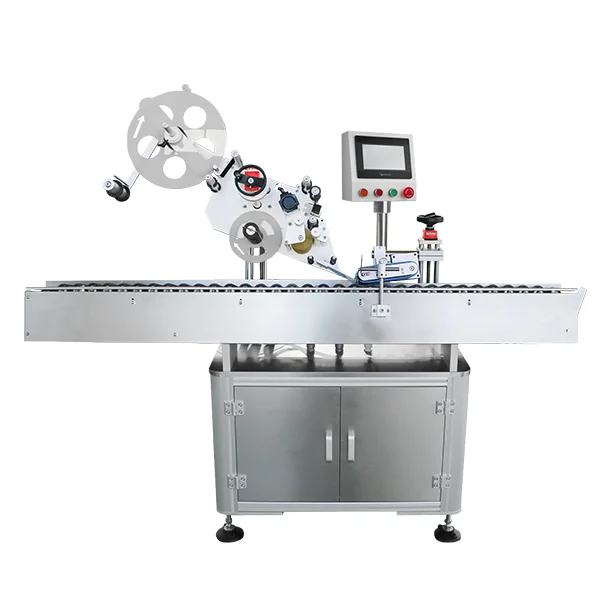When it comes to maintaining the comfort of your home, the blower motor plays a pivotal role in your HVAC system. This essential component is responsible for circulating air throughout your home, ensuring that your heating and cooling systems operate efficiently. However, like any mechanical part, blower motors can fail over time. Understanding how to identify the signs of a failing blower motor can save you from costly repairs and uncomfortable living conditions. In this article, we will explore the symptoms of a bad blower motor, the diagnostic process, and potential solutions.
Understanding the Blower Motor's Function
Before diving into the signs of a failing blower motor, it’s essential to understand its function within your HVAC system. The blower motor is responsible for drawing air into the system and pushing it through the ducts and vents. It operates in conjunction with the furnace or air conditioning unit, ensuring that conditioned air reaches every corner of your home. A properly functioning blower motor is crucial for maintaining indoor air quality and comfort levels.
Common Symptoms of a Failing Blower Motor
- Unusual Noises: One of the first signs of a failing blower motor is the presence of unusual noises. If you hear grinding, squealing, or rattling sounds when the blower is operating, it may indicate that the motor bearings are worn out or that there is debris obstructing the fan.
- Inconsistent Airflow: If you notice that some rooms in your home are receiving less airflow than others, it could be a sign of a failing blower motor. Inconsistent airflow may also manifest as weak or fluctuating air pressure from the vents.
- Increased Energy Bills: A malfunctioning blower motor may cause your HVAC system to work harder than necessary, leading to increased energy consumption. If you notice a sudden spike in your energy bills without a corresponding change in usage, it may be time to investigate the blower motor.
- Overheating: A blower motor that is overheating can be a significant concern. If you notice that the motor is excessively hot to the touch or if the system frequently trips the circuit breaker, it may indicate an internal failure or electrical issue.
- Failure to Start: If the blower motor does not start when the HVAC system is activated, it could be a sign of a bad motor. This could be due to electrical issues, a blown fuse, or a malfunctioning thermostat.
Diagnostic Process
If you suspect that your blower motor is failing, it’s essential to conduct a thorough diagnostic process:
- Visual Inspection: Begin with a visual inspection of the blower motor and surrounding components. Look for signs of wear, damage, or debris that may be obstructing the motor.
- Listen for Noises: Turn on your HVAC system and listen closely for any unusual sounds. Take note of when the noises occur and whether they change with different settings.
- Check Airflow: Use a handheld anemometer to measure airflow at various vents throughout your home. This will help you determine if there are any significant discrepancies in airflow.
- Monitor Energy Usage: Keep track of your energy bills over the course of a few months. If you notice a significant increase, consider having a professional evaluate your HVAC system.
- Test Electrical Components: If you have experience with electrical systems, you can use a multimeter to check the voltage and continuity of the blower motor. If you are not comfortable with this step, it’s best to consult a professional HVAC technician.
Solutions and Recommendations
If you confirm that your blower motor is indeed failing, there are several options available:
- Repair: In some cases, the blower motor can be repaired. This may involve replacing worn bearings, cleaning debris, or addressing electrical issues.
- Replacement: If the motor is beyond repair, replacing it may be the most cost-effective solution in the long run. Consult with a qualified HVAC technician to select the appropriate replacement motor for your system.
- Regular Maintenance: To prevent future issues, consider implementing a regular maintenance schedule for your HVAC system. This includes changing air filters, cleaning ducts, and scheduling professional inspections.
Conclusion
Identifying a failing blower motor is crucial for maintaining the efficiency and comfort of your home. By recognizing the symptoms and conducting a thorough diagnostic process, you can take proactive steps to address the issue before it escalates. Whether you choose to repair or replace the motor, regular maintenance will ensure that your HVAC system continues to operate smoothly for years to come. If you are ever in doubt, don’t hesitate to consult with a professional HVAC technician who can provide expert guidance tailored to your specific situation.




+ There are no comments
Add yours